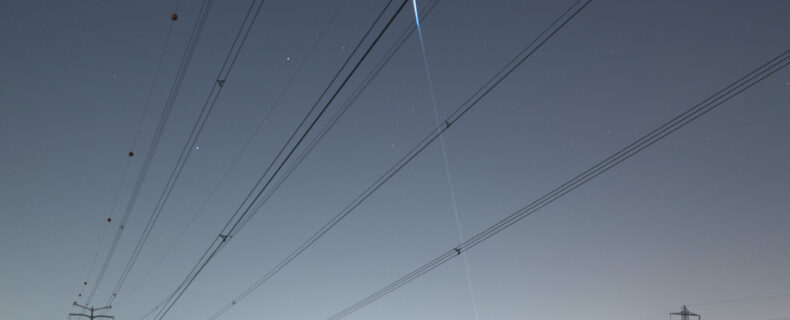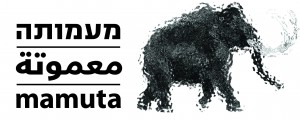Wild Rue

Wild Rue
Avner Pinchover
Curators: Sala-Manca Group
23.6-19.8
Wild Rue (Peganum harmala) is a desert flower. Because of its unpleasant odor the flower is used to banish ghosts and dispel evil spirits. In traditional medicine Wild Rue is considered to have many medicinal properties: it is an hallucinogenic, an aphrodisiac; it is used to treat toothaches and many ailments and illnesses, including neurological and nervous system problems. Alongside its palliative benefits, however, the plant has toxic materials that can lead to cramps and paralysis. In Avner Pinchover’s works, the dosage, context, and use of the plant create a fluctuation between these two poles – healing and harming. The violence in his works creates moments of beauty and a poetics of material that is cracked, broken, becoming vulnerable and exposing its hidden properties.
In Wild Rue, Pinchover presents a body of works that he began creating four years ago. In these works he examines states of collision between different materials (glass, stone, concrete, spit, and more). In one of the works – a video documenting an action – he throws chairs at a plasterboard wall, creating a sculptural installation that transforms with the “assault” on the wall that defines the borders of the art gallery. The gallery turns into a space of guerilla warfare. In “Spit”, a work that was performed on Zoom during the COVID lockdown, he spits into the camera’s eyepiece until his image is blurred from the accumulation of spit. He then wipes the lens clean and starts the spitting action over again. In one of the rooms he exposes what is below the surface in an aimless, sisyphean action. In another room, he sprays cement powder on the walls, a purposeless renovation job that becomes a wild drawing and part of the exhibition. In another new work, like a magician or guerilla warrior, he and artist Nitzan Yulzari fire “fluorescent rockets” from an air-pressure cannon. The bulbs light up from the electro-magnetic field of the electrical cables passing along their trajectory (the main electricity lines leading from the coastal plain of Israel to Jerusalem and the West Bank) to create a simultaneously magical and unsettling moment.
Pinchover’s works are acts of violence with an aesthetic, poetic, and political power, an echoing of the artist’s inner world and of the outside world in which he lives. Together they create an epic that channels violence to non-violent places, dirties the elegance of the art gallery with material that is not easy to watch, and reflects the duality of harming and healing that is embodied in the Wild Rue.
==
Avner Pinchover (b. 1980) is an artist who works mainly in video and performance. In his works, he confronts his body with architectural environments, extreme conditions and also the viewer. He is a graduate of the postgraduate program at HaMidrasha (2018), with a B.Arch degree with honors from the Technion (2012). Pinchover won grants from Mifal Hapayis, the Independent Creators’ Fund of the Ministry of Culture and Sports, the Rappaport Foundation, the Ostrovsky Family Fund and the Rabinovich Foundation. He exhibited at the Tel Aviv Museum, the Ramat Gan Museum, the Museum of Contemporary Art in Krakow and the Seventh Biennale of Drawing In Israel, among others. His works are in the collection of the Tel Aviv Museum, the Haaretz Collection, the Angel Collection and private collections. He is a recipient of the Artport grant residency 2022–2023.
Mamuta Art and Research Center
Artistic and general direction: Sala-Manca| Assistant curator and projects manager: Gali Katsir | Producer Assistant: Naama Mokady | Technical and exhibitions set up: Eytan Habib | Text editing: Inbal Keidar | Arabic translation: Nagham Abuleil | English translation: Tamar Cohen | Graphic design: Maya Schleifer | Sound consultation: Amir Bolzman


